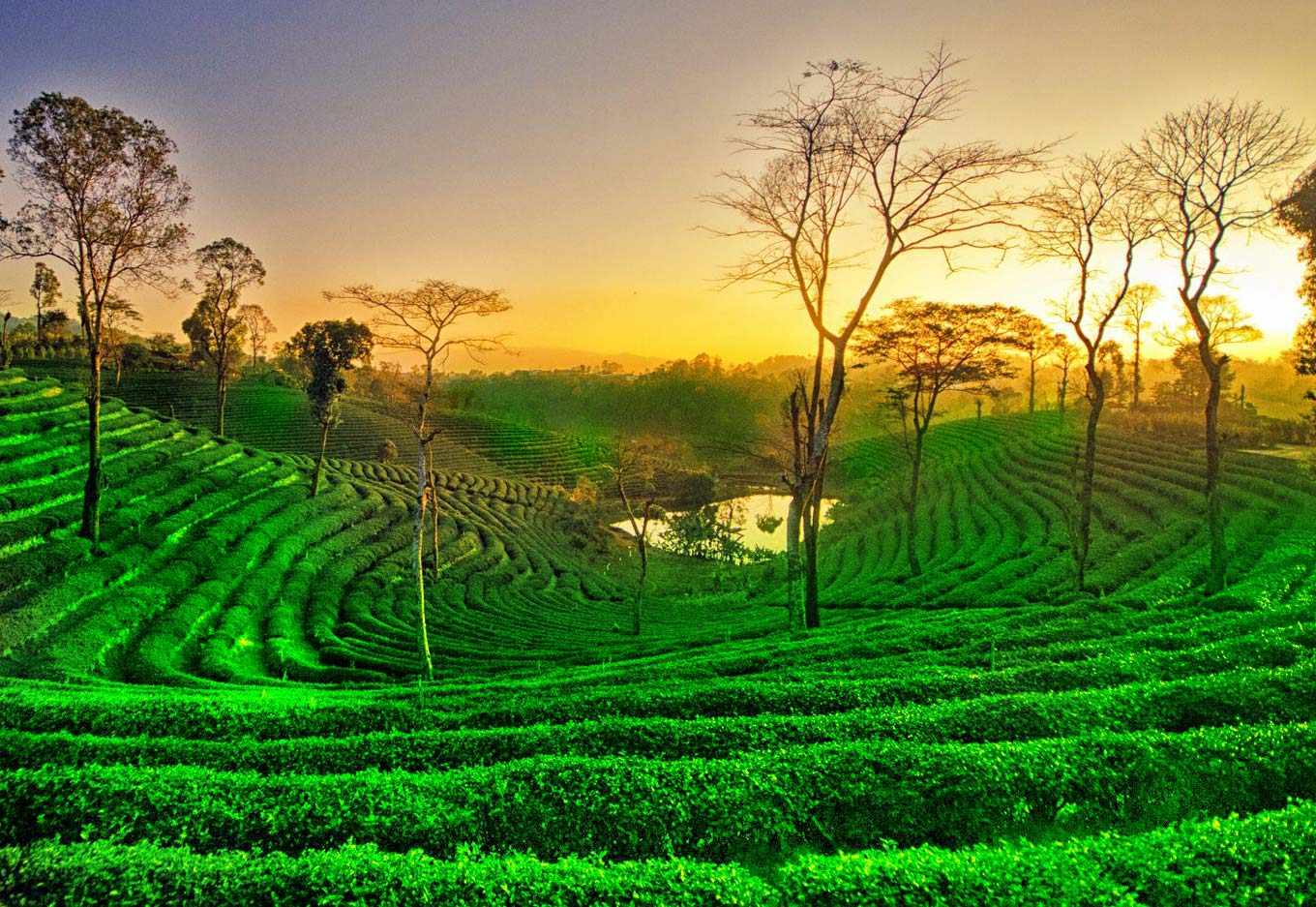
| HomeAssamInformationsFairs and Festivals Bihu Festival |
Bihu Dance Festival - Three Festivals Rolled Into One
Holding immense national importance, Bihu festival is the most celebrated festival of Assamese. This festival is a combination of three Bihu festivals of Assam. Leaving behind their daily routines, the people gather together to enjoy the festivals which are packed with joy and excitement. The three Bihu festivals are—the Rangali(or Bohag) Bihu Festival, celebrated in Spring(mid April); the Bhogali Bihu, celebrated in Winter(mid January) and the Kati Bihu, held in Autum(mid- October). Games are also played by youngsters on Bihu festivals. The Rangoli Bihu is the celebration of the sowing season, the arrival of Spring. The first day of the festival is called 'Goru Bihu' and is dedicated to cattle. Household cattle receive guest like treatment with flowers and great food. The next day is known as 'Gosain Bihu'. On this day several religious traditions are observed. On the seventh day of the festival seven types of leafy vegetables are prepared. The Bhogali Bihu is a harvest festival marking the end of harvesting season. This festival is dedicated to feasts. Different kinds of Pithas (rice cakes) are prepared on this day. People offer prayers to the God of Fire. Kati Bihu, the third festival is a one day long celebration prior to the harvesting season. Tulsi is worshipped on this festival. Bihu dance and Bihu songs are an integral part of the Bihu festival. Bihu dance is synonymous to Assam and is a dance of joy. Both men and women perform the dance with great enthusiasm which reflects in their facial expressions and body movements. Variations are seen in the dance depending on the tribes it belongs to. The dance is coupled with Bihu songs which reflects the folk poetry touching the themes like love, daily life and new year. Open fields, groves and stages become the venue for this joyous dance. The women sport a traditional dress called 'Mekhala Sador' which is topped with a red blouse. They decorate their palms and feet with the red pigments derived from myrtie leaves. The men wear dhoti and kurta and tie the gamocha around their head and waist. The dance is truly a feast for eyes. |
